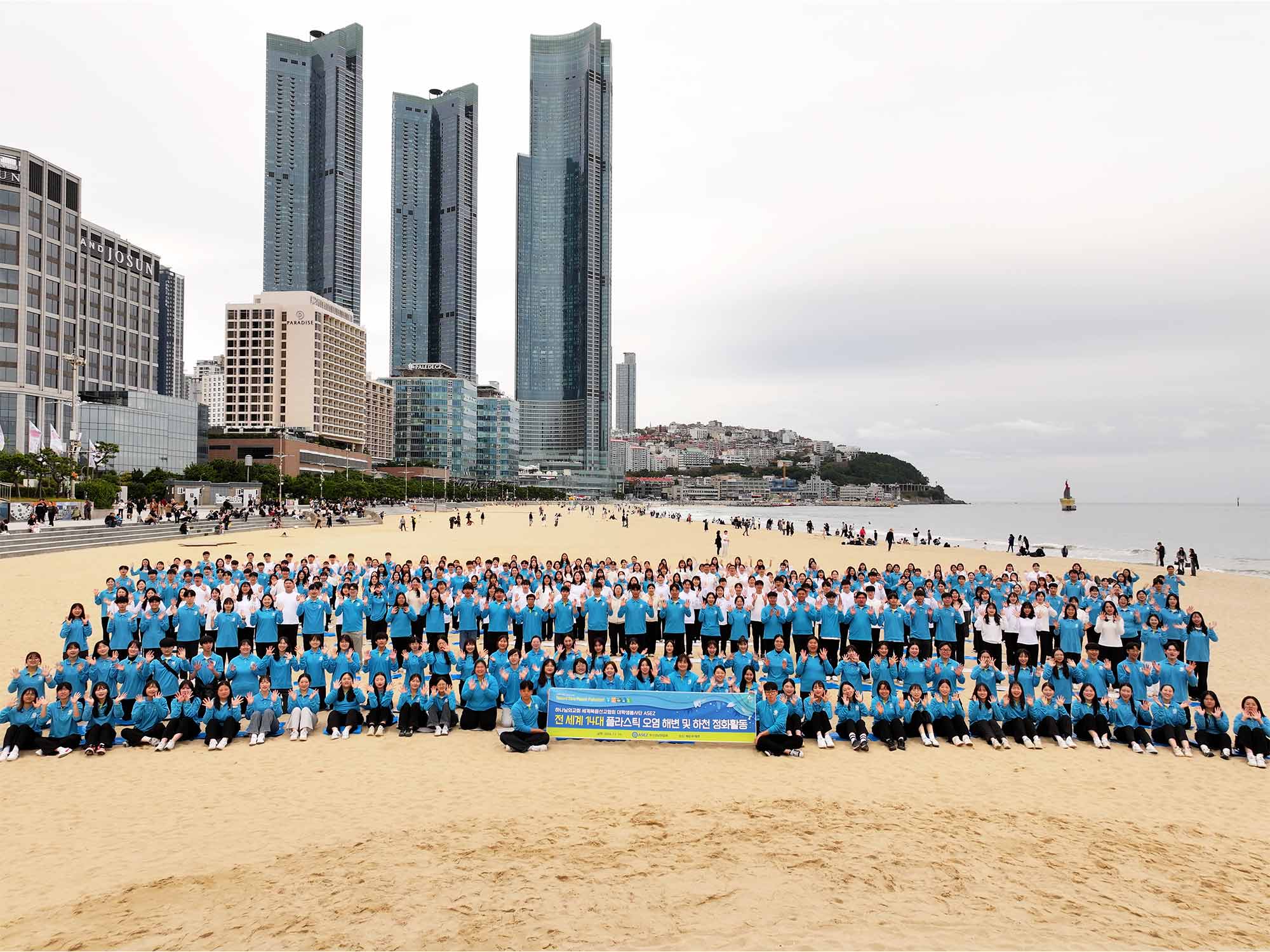Plastic consumption has exploded due to its affordability, light weight, and convenience. However, the consequences of a plastic-centered culture are immense. Over 99% of plastic production relies on fossil fuels, and producing just 1 kilogram of plastic emits several kilograms of carbon dioxide, making the plastic industry a hidden driver of climate change.
For this reason, “Ending Plastic Pollution” has been chosen as the theme for World Environment Day 2025.
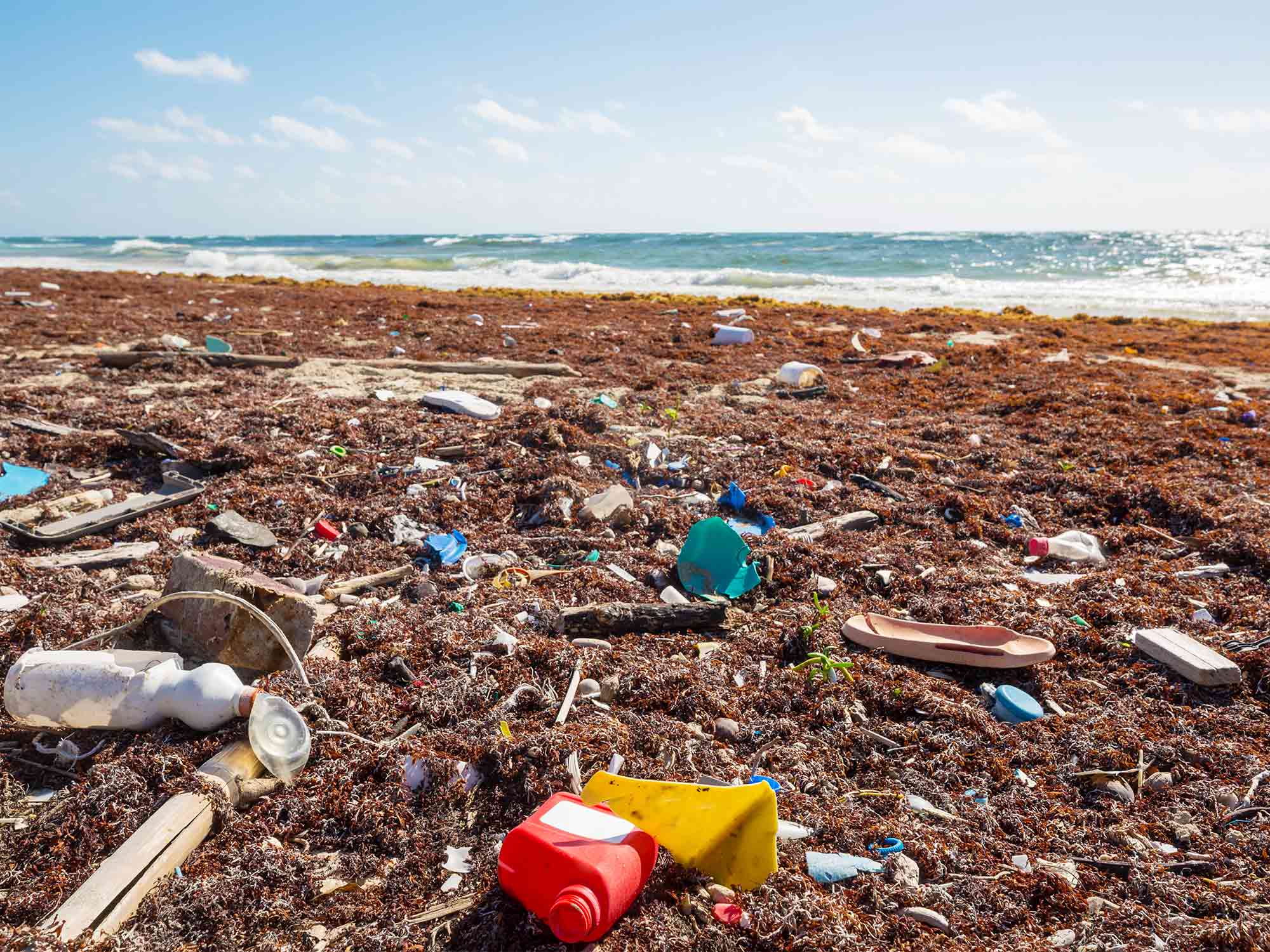
Held annually on June 5, World Environment Day is a global event that raises awareness and urges action on pressing environmental issues. Established by the UN General Assembly in 1972, it has grown over the past 50 years into the largest environmental campaign, involving more than 150 countries worldwide.
This year’s event, focusing on how to resolve the issue of plastic pollution, underscores that this is no longer a challenge for individual countries alone, but a global crisis requiring collective solutions through international cooperation.
A Global Treaty to End Plastic Pollution: The INC Negotiation Journey
Efforts by the international community to tackle plastic pollution took off in March 2022 at the United Nations Environment Assembly (UNEA) in Nairobi. There, 175 nations unanimously agreed to establish a legally binding international treaty to end plastic pollution by 2024.
Following this resolution, the Intergovernmental Negotiating Committee (INC) was formed in the same year to discuss a treaty covering the full lifecycle of plastics—from production and design to disposal. Negotiations have since taken place in Uruguay (1st meeting), France (2nd), Kenya (3rd), and Canada (4th), culminating in the “5th Meeting Part 1 (INC-5.1)” in Busan, South Korea, in November 2024. The Busan meeting was expected to yield the final draft treaty, but disagreements among nations on key issues, such as capping plastic production, phasing out hazardous chemicals and certain single-use products, and provisions for financial and technical support, prevented consensus.
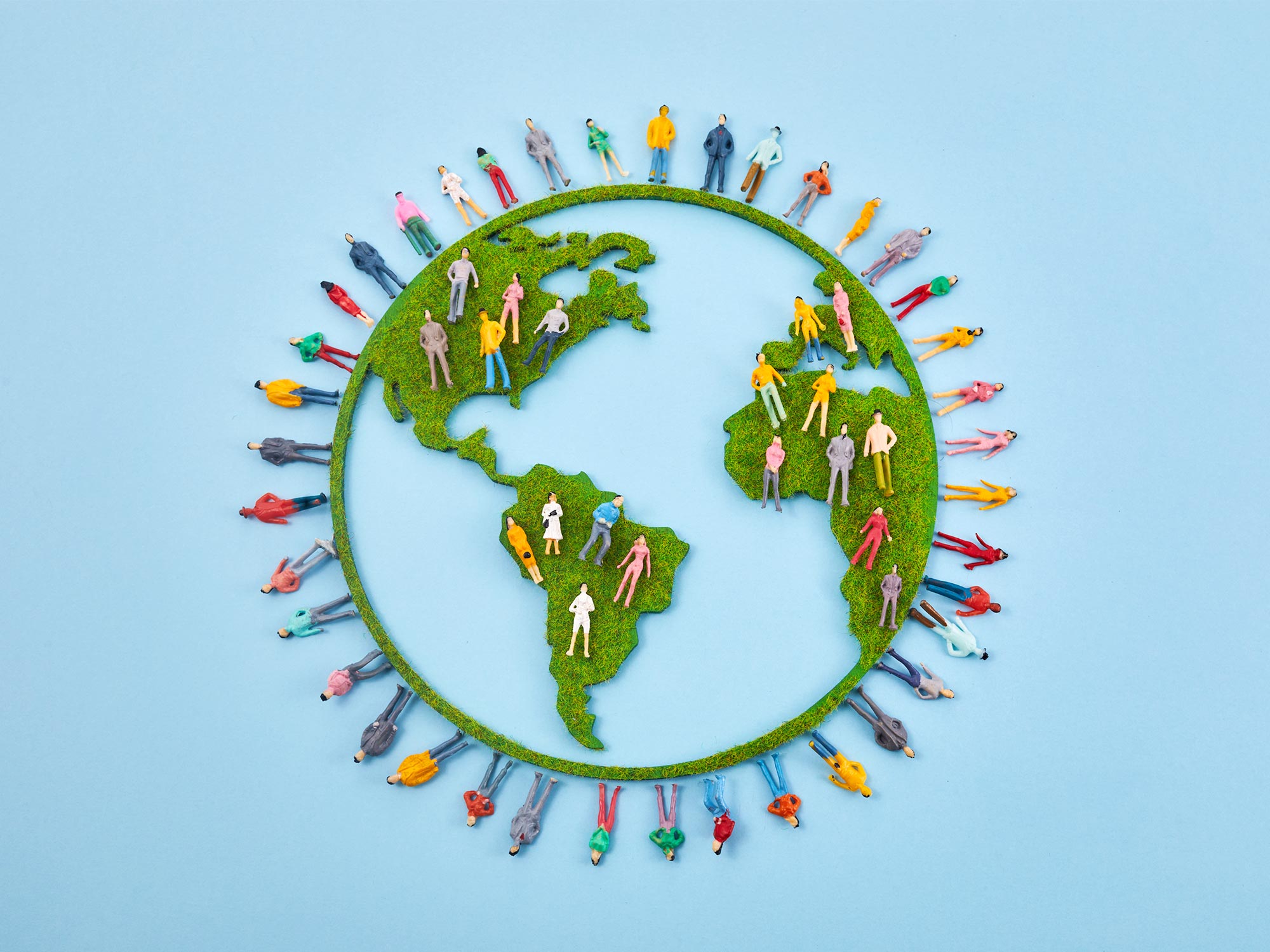
However, with over 3,300 delegates from around 170 countries and more than 440 stakeholder organizations present, the chair of the negotiations succeeded in laying the groundwork by adopting a “Chair’s Text” summarizing the contentious clauses.
Ultimately, INC-5.1 concluded with an agreement to continue negotiations at Part 2 (INC-5.2) in Geneva, Switzerland, in August 2025. The Geneva meeting will focus on finalizing treaty articles, establishing implementation mechanisms, and setting up international funding systems.
Differences between developed and developing countries are becoming evident in these negotiations. Developing nations argue they need financial support, technology transfer, and capacity-building programs to ease the economic burden of reducing plastic. In contrast, developed countries emphasize the importance of common rules and equal responsibility among all nations to ensure effective reduction targets. Finding a balanced compromise between these positions remains a core challenge of the treaty talks.
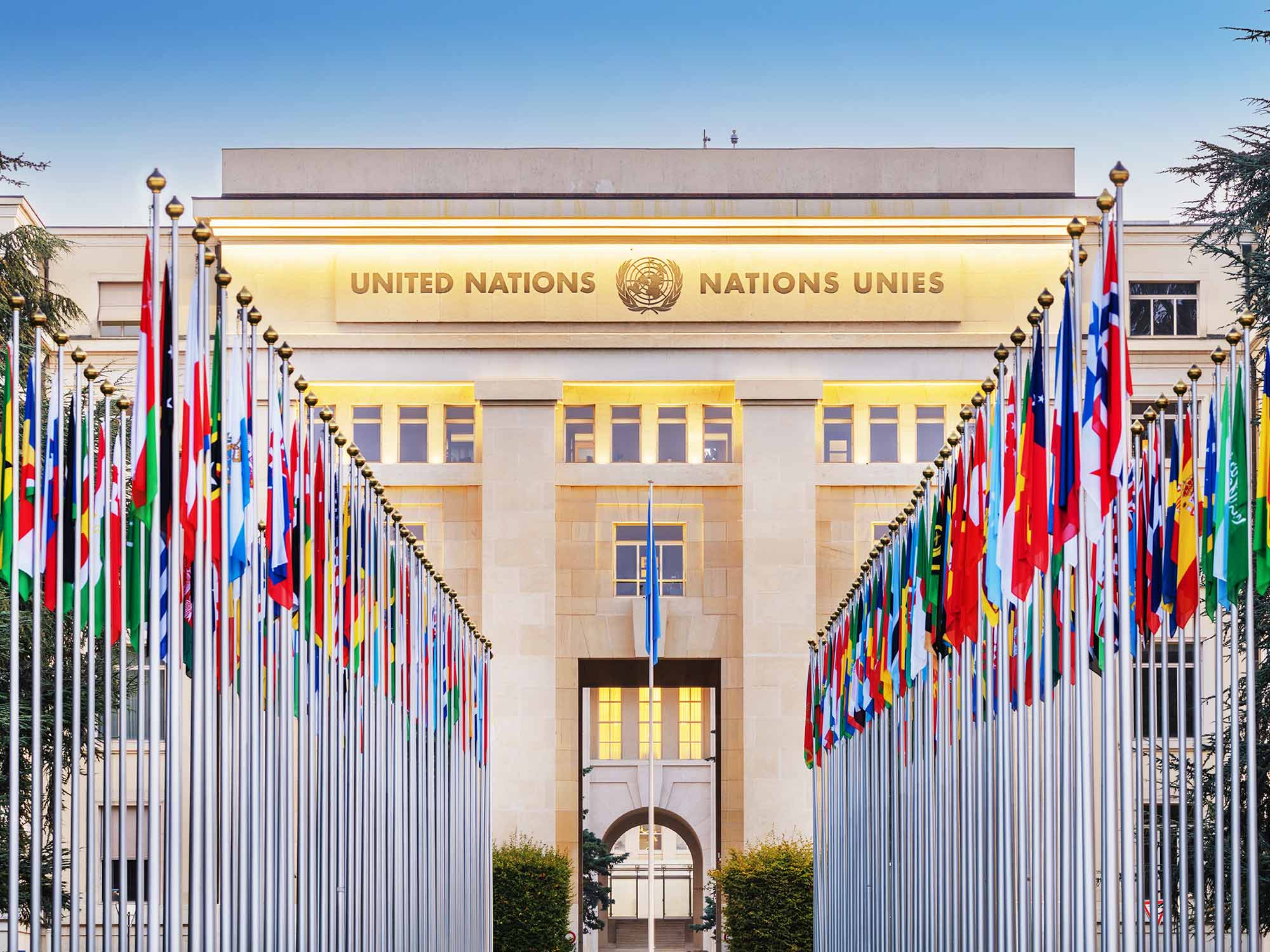
Local innovations and initiatives can spark global change beyond national borders. Thus, the international community is pushing hard to finalize the treaty by the end of 2025, with the Geneva meeting potentially giving rise to humanity’s first global treaty to end plastic pollution.
The Reality of the Plastic Crisis: From Production to Disposal
Plastic doesn’t decompose. Once discarded, it lingers in the natural environment for hundreds of years. A single plastic bottle or bag can take 400–500 years to break down completely, meaning nearly all plastic ever used remains behind as a legacy for future generations.
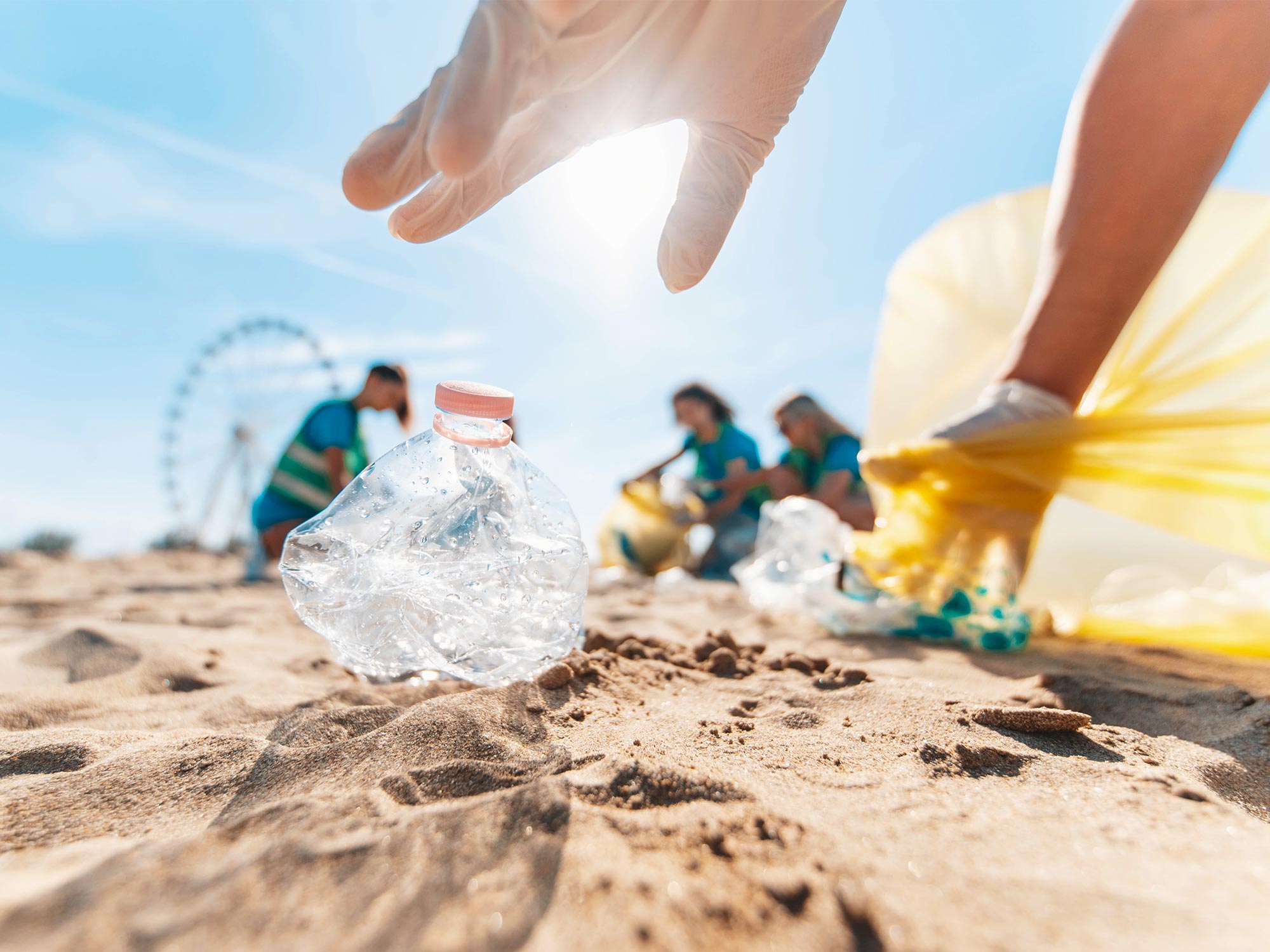
Discarded plastic breaks into microplastics, contaminating soil, rivers, and oceans—and eventually making its way back onto our plates. Research shows that people consume about 5 grams of microplastics per week, the weight of a credit card.
The cumulative amount of plastic waste discarded by humanity had reached 6.3 billion tons by 2015. If current trends continue, over 12 billion tons will have accumulated in nature and landfills by 2050.
The plastic problem isn’t just about managing visible trash—it’s a structural issue involving fossil fuel industries, consumer culture, and waste management systems. Therefore, in addition to international treaties, comprehensive efforts across production and consumption are essential for any meaningful impact.
The Power of Citizens and Youth in Driving Change
Amid this crisis, the role of local communities and individuals is becoming increasingly vital. Institutional reforms alone won’t solve the plastic crisis; active civic participation is essential.
During the INC-5.1 meeting in Busan, many environmental NGOs, local groups, and young activists were present to voice their concerns. Outside the negotiation hall, exhibitions, forums, and campaigns to reduce single-use plastics helped raise public awareness, sending a strong message to delegates through public opinion. Youth and university students, in particular, are emerging as catalysts for change.
The university student volunteer group ASEZ is leading the “ZERO PLASTIC 2040” campaign, promoting a plastic-free society through practical actions like plastic reduction initiatives, community partnerships, and campus zero-waste movements. Their grassroots efforts serve as a real example of citizen-led change. ASEZ student volunteers have committed to the goal of “a plastic-free world by 2040,” making plastic reduction a part of daily life and inspiring those around them to join in.
Ultimately, it’s up to us to turn the goal of ending plastic pollution into reality. “Ending Plastic Pollution” is not a task for someone else—it’s a shared global responsibility. When policies and public action work hand in hand, change becomes possible. At this very moment, it is we who take action that are the agents of change. Ending plastic pollution starts with all of us. If we work together, a sustainable future, elimination of plastic pollution is not just a dream—it’s within reach.
